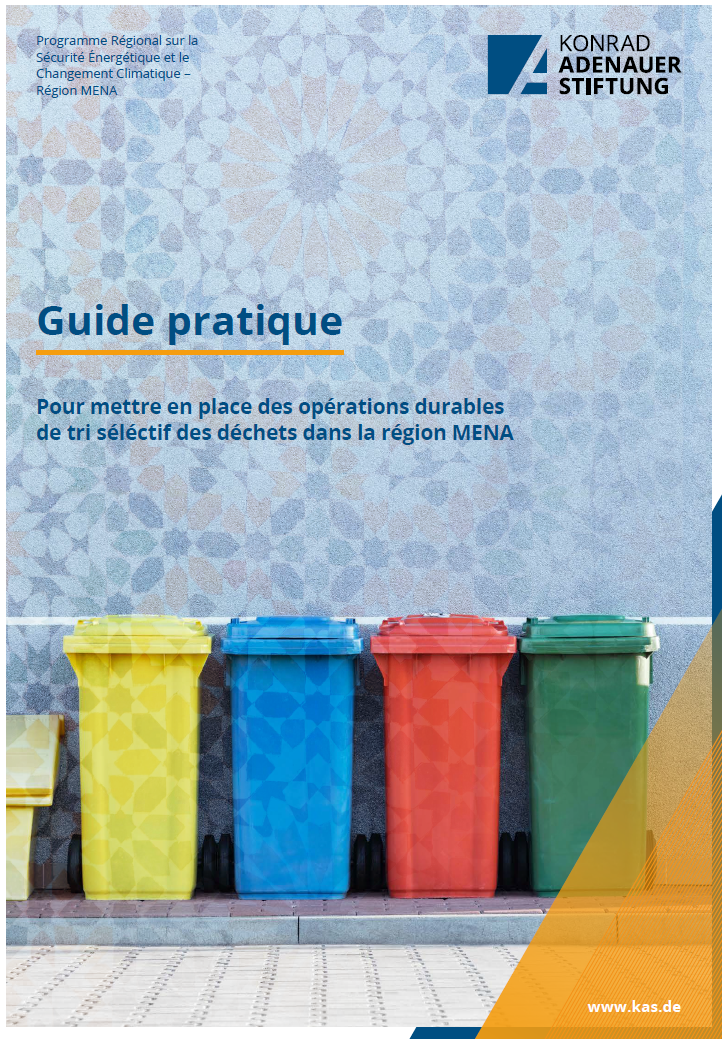Practical Guide: Implementing Sustainable Waste Separation Operations in the MENA Region.
Ensuring sustainable waste sorting is a more complex task than it seems, as many parameters come into play: organizational, technical, logistical, institutional, economic, political, social - and among these, demographic, psychological, related to environmental attitudes and concerns, trust in the system and its actors - as well as educational parameters.
Today, several actors can be involved in sorting and recycling: public authorities, governments, local communities, producers and industrialists, collection and recycling companies, associations, donors, etc.
The composition of MSW in MENA countries is characterized by a large organic fraction, about 52 percent, but also by an inorganic fraction such as metals (4 percent), paper and cardboard (14 percent), glass (4 percent), plastic (13 percent), and others (13 percent). The composition of municipal solid waste in MENA countries is characterized by a large organic fraction, about 52 percent, but also by an inorganic fraction such as metals (4 percent), paper and cardboard (14 percent), glass (4 percent), plastic (13 percent), and others (13 percent). In order to collect clean materials with a market value, it is necessary to set up a selective sorting system at source. This step preserves the characteristics of the products before they are processed, recycled or marketed.



